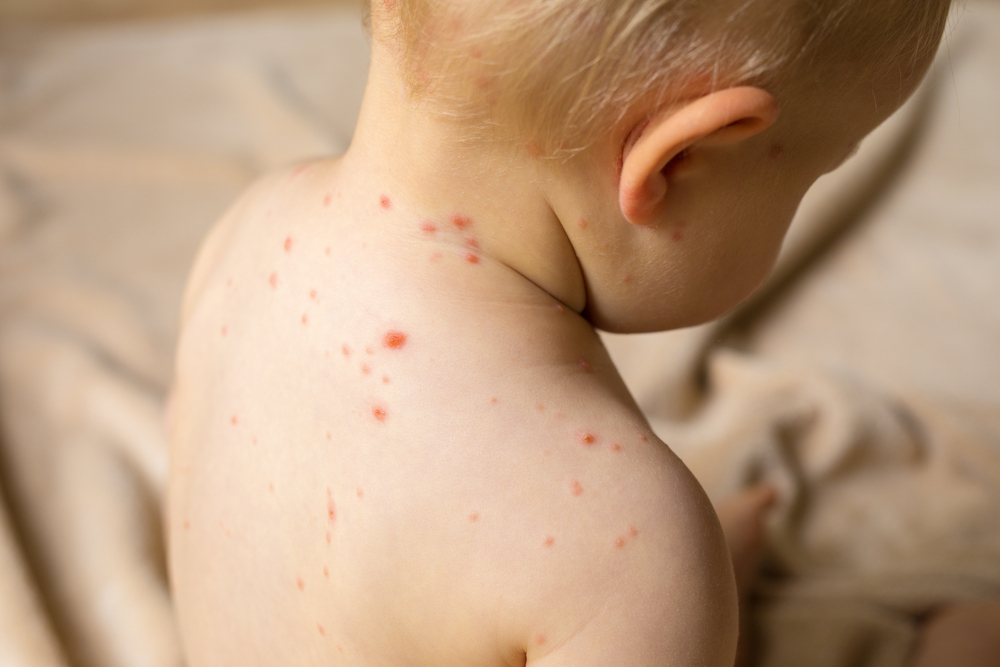Barely decades ago smallpox outbreak had bemused human population. This naturally occurred malady had caused many deaths and those who survived got permanent scars over the body. It was impacting faces in particular and some were left blind.
It caused by the variola virus (smallpox virus). Smallpox gets its name from the pus-filled blisters (or pocks) which caused the illness. Mercifully, scientists discovered the vaccine and helped the society to take a breather.
The World Health Assembly declared smallpox eradicated in 1980, and no cases of having happened since. This is the only disease drained out completely throughout the world. Now, this virus only found in laboratories for research purpose and to keep the world safe in future. Nevertheless, this virus could be used in a biological attack.
Symptoms
Smallpox passes through many stages as the disease progresses.
Stage 1: Incubation period
This is the time period of average 10 to 14 days in which virus exists in the body but does not show any symptoms. This level of disease is not contagious.
Stage 2: Initial symptoms
It lasts from 2 to 4 days. This stage sometimes is contagious. It includes high fever, head and body aches, severe fatigue, severe back pain sometimes vomiting. It makes normal life difficult for the infected person.
Stage 3: Early rashes
This is the most contagious stage. Small red spots on the tongue and in the mouth appear which change into sores. The person continues to have a fever and spread a large amount of virus in the mouth.
Once these sores start breaking down, this special rash appears on the skin, starting on the face and spreading to the arms and legs, and then to the hands and feet. It just takes 24 hours to spread all over the body. When the rash appears, the fever begins to decline and the person feels better.
Again when sores fill with thick fluid, the fever may rise again and remain high until these scabs form over the bumps.
Stage 4: Pustular rash and scabs
This stage is also the contagious one and lasts up to 10 days. The sores become pustules (round, sharply raise and firm to touch, like peas under the skin). After about 5 days, the pustules begin to form a crust and then scab.
Stage 5: Scabs fall off
It is contagious and lasts about 6 days. The scabs begin to fall off, leaving marks on the skin. Three weeks after the rash appears, most scabs will have fallen off.
Stage 6: No Scabs
This is not infectious and scabs have to be falling off at this stage.
Causes
Smallpox is the highly infectious disease. It infects when a person in close or face-to-face contact. It can cause from following ways-
Direct contact with the infected person: The airborne disease tends to diffuse fast. It spread when infected person coughs, sneezes, or talks and the escaped air droplets reach to the normal person.
Indirect contact with infected person: This virus can spread farther perchance through the ventilation system of the building. Air breadth out by infected person can diffuse to person in the other rooms or on other floors.
Through contaminated items: It is less common but contact contaminated clothing or bedding can lead to further infection.
Biological weapon: Intentional release of this virus in the human population can kill people in masses. It is being a significant threat. The government has been taking numerous precautions to protect against this possibility.
Treatment
There is no cure for smallpox. It can only be prevented by vaccination. But the risks are very high of the side effects of vaccines. People at risk only receive vaccination since vaccine can have fatal side effects.
After this outbreak many medications have been discovered, since this has already been eradicated completely they have not tested on any infected person yet. But the government is read beforehand for such disastrous ailment.
